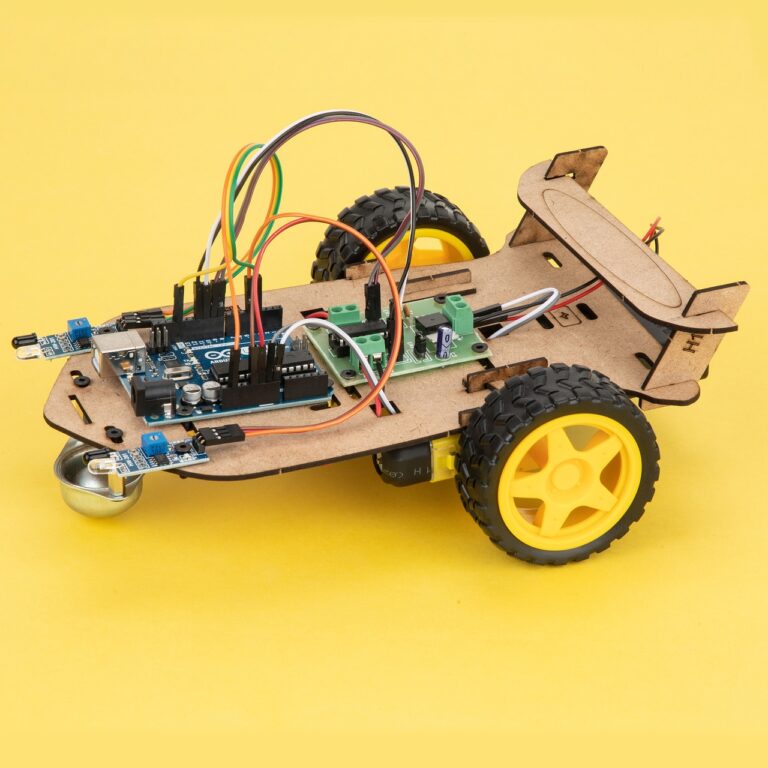Student Participation in Curriculum Design
Curriculum development is a complex process that involves many challenges. One common issue faced in traditional curriculum development is the lack of alignment with the rapidly evolving needs of students and the workforce. This disconnect can hinder the effectiveness of the curriculum in preparing students for real-world challenges and opportunities.
Additionally, traditional curriculum development often struggles to incorporate diverse perspectives and experiences, leading to a one-size-fits-all approach that may not cater to the individual needs of students. This limitation can result in disengagement, reduced motivation, and a lack of relevance in the curriculum content for students from different backgrounds and learning styles.
The Benefits of Including Students in Curriculum Design
When students are actively involved in the curriculum design process, it fosters a sense of ownership and engagement in their learning. By soliciting their input and incorporating their suggestions, educators can tailor the curriculum to better meet the needs and interests of the students. This participatory approach empowers students to take control of their education and encourages them to become more invested in their learning journey.
Furthermore, including students in curriculum design promotes a student-centered learning environment where their voices and perspectives are valued. This collaborative process allows educators to gain insights into the preferences, strengths, and challenges of their students, enabling them to create a more inclusive and effective curriculum. By co-creating the curriculum with students, educators can ensure that it is relevant, engaging, and meaningful, ultimately enhancing the overall learning experience for all parties involved.
Why is it important to involve students in curriculum design?
Involving students in curriculum design ensures that their needs and interests are taken into consideration, making the learning experience more engaging and relevant for them.
How can students contribute to curriculum design?
Students can provide valuable insights on what topics resonate with them, what teaching methods work best for them, and how they learn most effectively. Their input can help create a more inclusive and effective curriculum.
What are some challenges in traditional curriculum development?
Traditional curriculum development may not always reflect the diverse needs and interests of students, as it is often created without their input. This can lead to disengagement and lack of motivation among students.
How can involving students in curriculum design benefit educators?
Educators can gain a better understanding of their students’ needs and preferences by involving them in curriculum design. This can help educators tailor their teaching methods and approaches to better meet the needs of their students.





